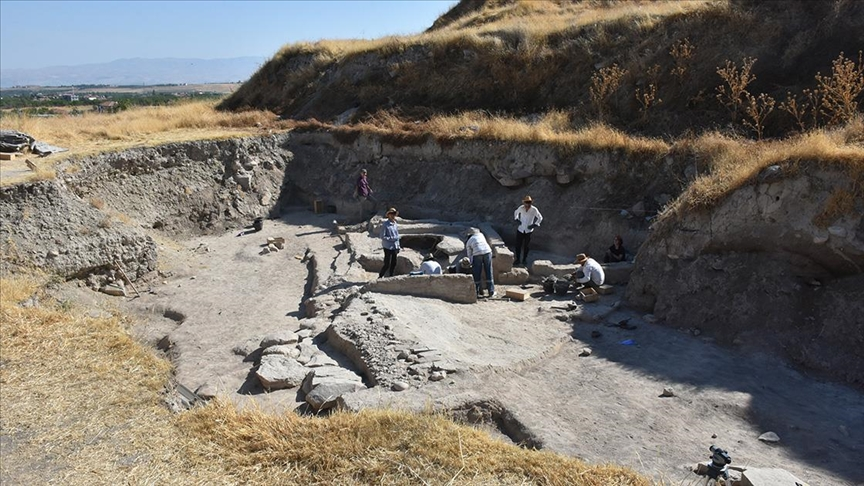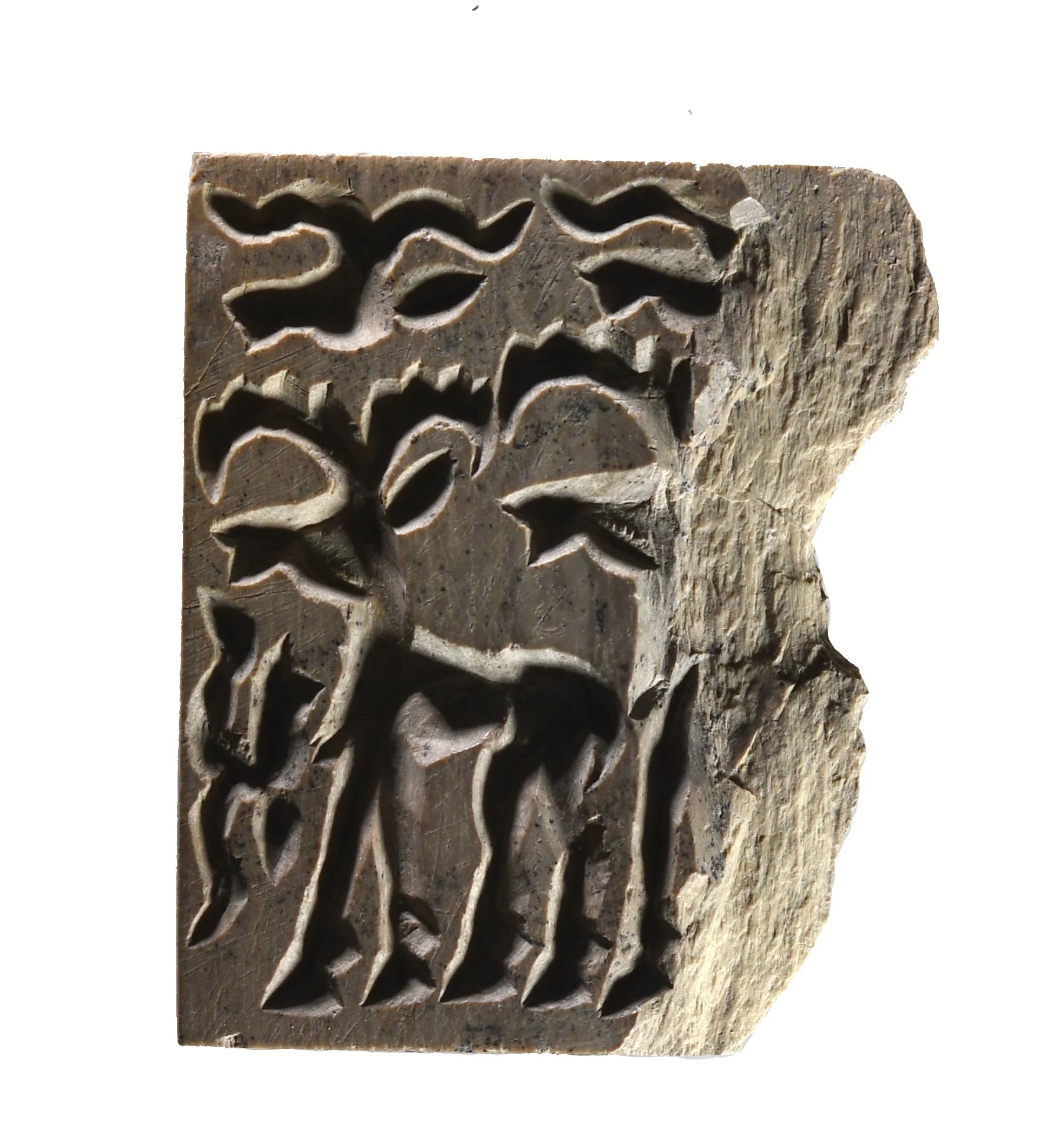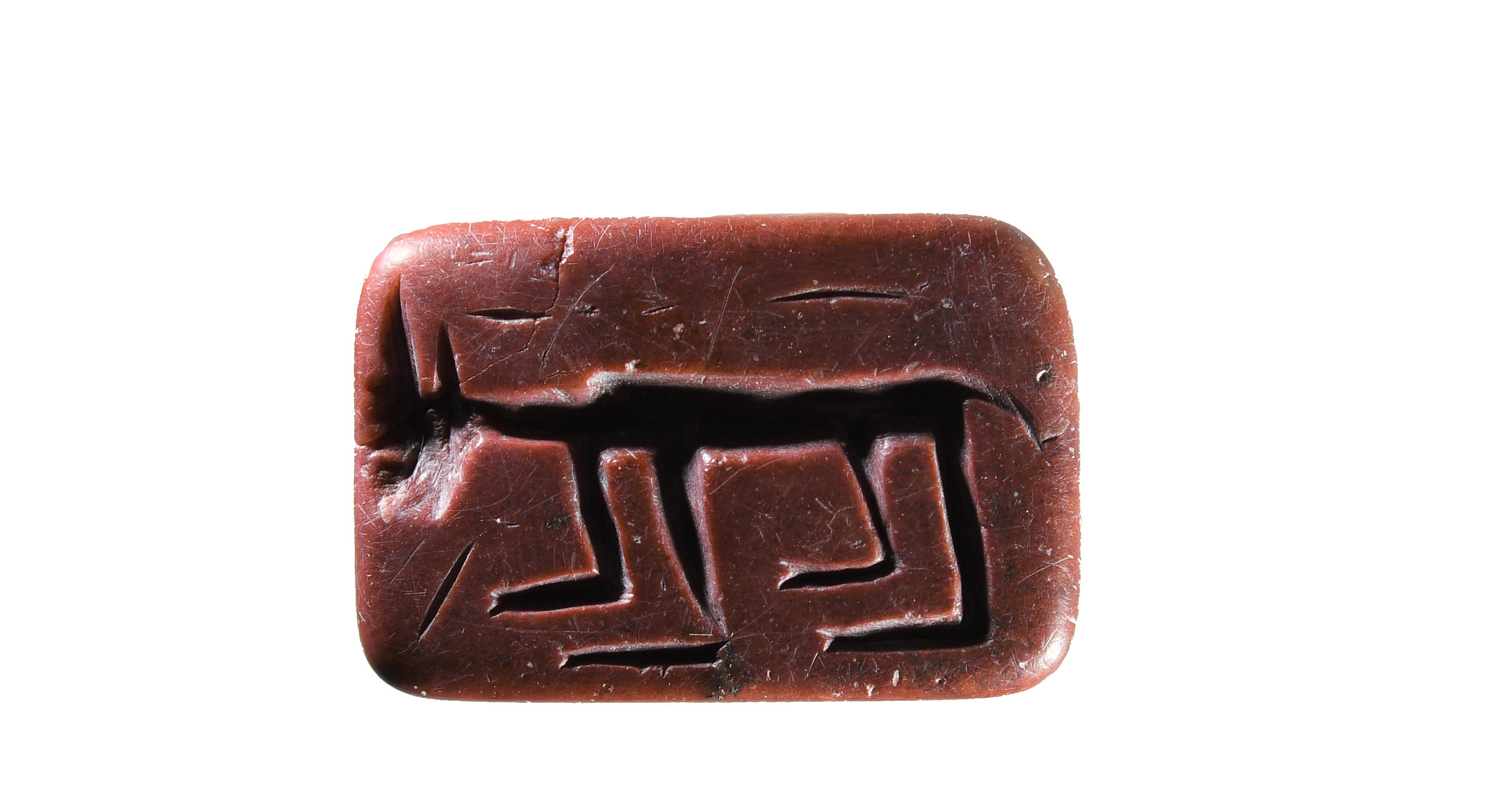In a remarkable discovery at the Arslantepe Mound, a UNESCO World Heritage site in Turkey's eastern Malatya province, archaeologists have unearthed two seals dating back 7,000 years. The seals, which feature intricate animal figures, provide a glimpse into the ancient civilizations that once thrived in this region.
Located just 15 kilometers (9.3 miles) southwest of the Euphrates River, the Arslantepe Mound has been a cradle of human civilization for millennia. Its fertile lands, abundant wetlands, and natural protection from the river's floods have made it an ideal settlement site since ancient times.
Francesca Balossi Restelli, the head of the excavation team, explained that the dating of the seals was determined by comparing their motifs with those found in other regions. "When we look at the style, I think that the date of these seals will be older, around 5,000 BC," Restelli remarked. The seals, which are the oldest found at Arslantepe to date, feature animal figures meticulously carved into their surfaces.
Restelli expressed optimism that even older artifacts could be discovered as excavations continue. "There are definitely older ones because there are layers 10 meters (32 feet) below the hill. I am sure we will find older seals as we descend," she added.
The Arslantepe Mound, with its embankment standing 30 meters (98 feet) high, was inhabited from as early as 5000 BC until the 11th century AD. The site has yielded over 2,000 stamp seals, a statue of King Tarhunza, and two lion statues from the late Hittite period.
The temple discovered at the site is believed to date from 3600-3500 BC, further underscoring the historical significance of the Arslantepe Mound as a key archaeological site in understanding ancient Anatolian civilizations.
As excavations continue, the discovery of these seals adds to the rich tapestry of history that Arslantepe Mound has preserved for thousands of years, offering invaluable insights into the lives and cultures of the people who once called this ancient site home.









